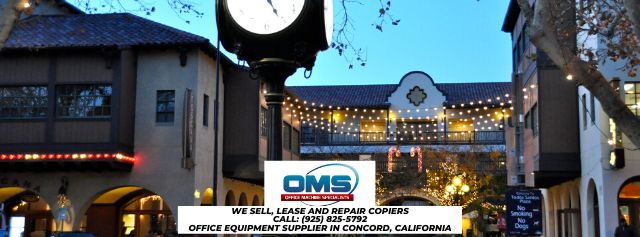Office Machine Services and Sales Solutions
The Carquinez Strait is a narrow tidal strait in northern California. When it flows into San Francisco Bay, it is part of the Sacramento and San Joaquin tidal estuary. The 8 milles (13 kilometres) strait lies in the north of the San Francisco Bay, linking Suisun Bay with the waters of the joint rivers of the San Pablo Bay.
The straits formed in prehistoric times, near the end of one of the past ice ages, when the inland lake covered the present-day Sacramento and San Joaquin valleys. The melting of ice from the Sierra Nevada mountain range raised the level of the lake while the seismic activity formed a new outlet to the Pacific Ocean, draining the lake into the ocean and exposing the two valleys. The valleys have evolved into extremely productive agricultural areas and have propelled California ‘s economy into the powerhouse that it is today.
Andrei Sarna-Wojcicki, an emeritus geologist from the U. S. Geological Survey (USGS) claimed that the Carquinez Strait was probably formed between 640,000 and 700,000 years ago, while much of modern California emerged from an ice age. The present Sacramento Valley and San Joaquin Valley were covered by a vast (now extinct) lake called Corcoran Lake. Initially, this lake had flowed into the ocean through a valley near today’s Monterey. However, ongoing seismic activity has raised the coastal mountains sufficiently to plug this outlet. At the same time, the ice melting away from the Sierras raised the water level in Lake Corcoran until the lake began to sculpt a new outlet into the ocean.
It is crossed by two highway bridges: the Carquinez Bridge on Interstate 80 and the Benicia-Martinez Bridge on Interstate 680. Each highway bridge consists of two sections.
Interstate 780 connects the two highways on the north side of the Strait. State Route 4 connects these highways to the south of the Strait and to the inland.
The Capitol Corridor, California Zephyr, and Coast Starlight trains use the rail bridge just east of the Benicia – Martinez Bridge. The rail ferry, with the Contra Costa and Solano ferries, provided service across the stretch near the location of the current rail bridge until the railway bridge was built in 1930.
The narrow gap in the coastline that forms the strait has led to the formation of the delta of the San Joaquin – Sacramento River, the inverted delta of the river, a rare geological feature upstream. The stretch is too small to allow the passage of vast amounts of floodwaters created over the years with heavy rainfall and snowmelt events. Because the Delta area is the first to be filled and the last to be drained in a flood event, the silt and soil have more time to drop out of suspension, creating an inverted river delta feature.
By Geraoma – Own work, Public Domain, https://commons.wikimedia.org/w/index.php?curid=8782801
This amazing landmark in Martinez, California is located near some other must-see places of interest:
- John Muir National Historic Site
- Mount Wanda
- Radke Martinez Regional Shoreline Park
- Benicia-Martinez Bridge
- Briones Regional Park
- Hidden Lakes Park
- Rankin Park
- Waterfront Park
All of these wonderful landmarks are located just a short distance from our location at 1091 Shary Circle in Concord, California! Stop by for a visit anytime!
